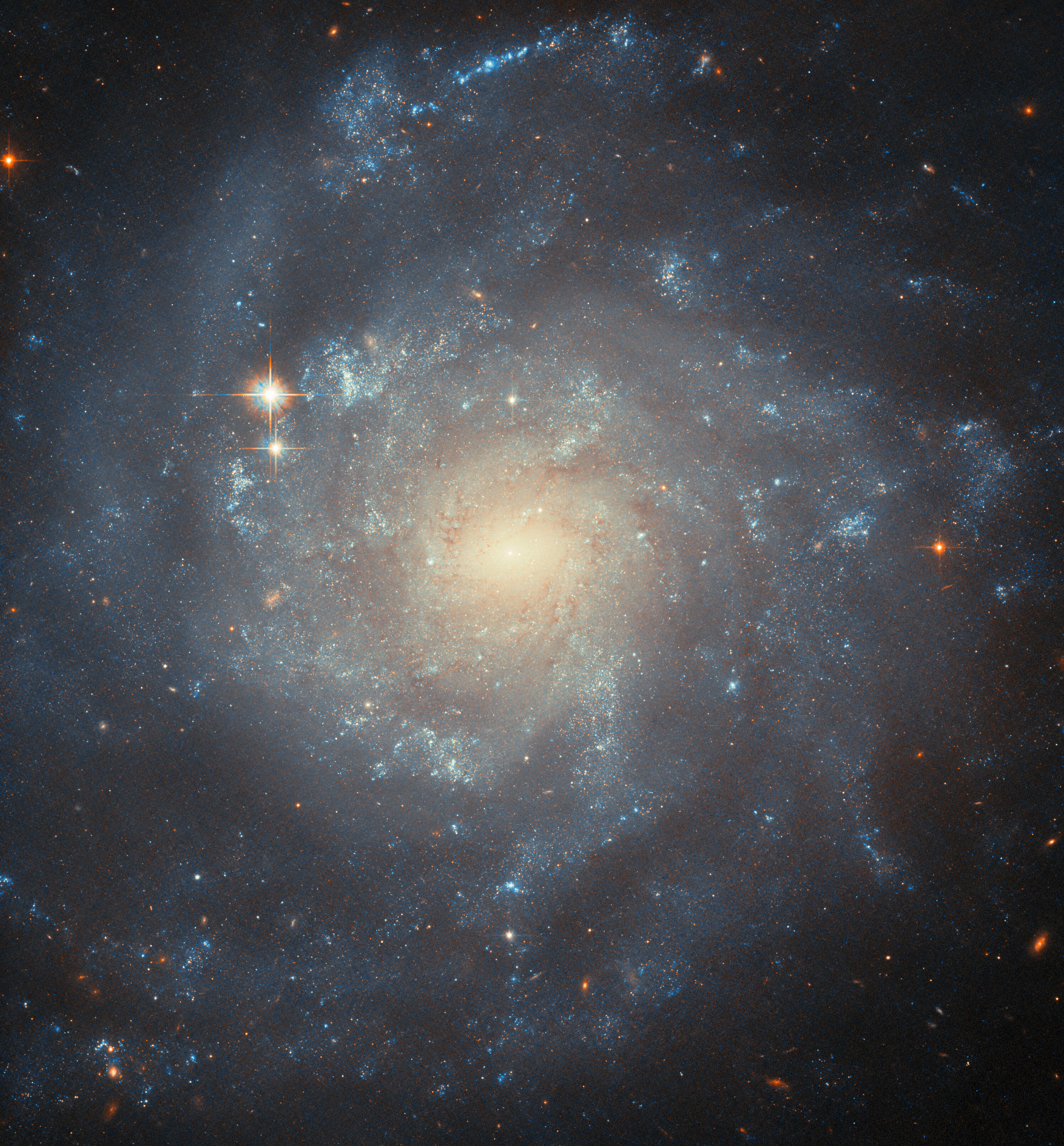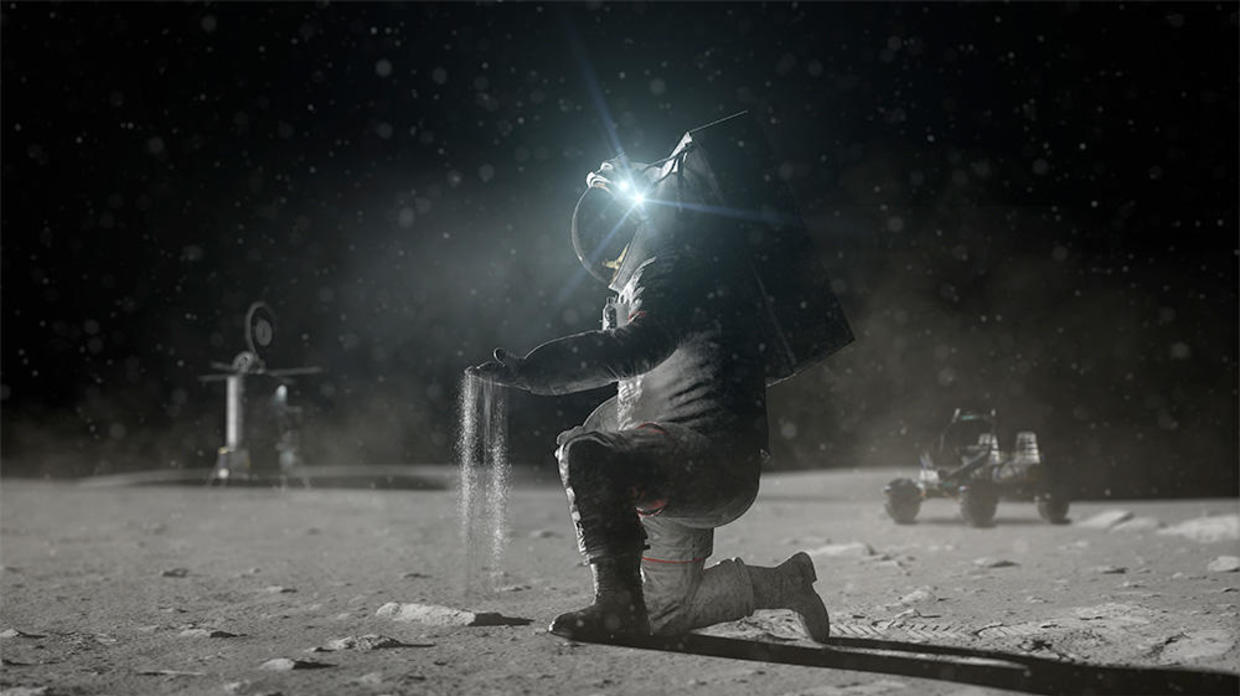Science News
Stay up-to-date with the latest content from NASA as we explore the universe and discover more about our home planet.
Filters

Going Back-to-School with NASA Data
As students head back to school, teachers have a new tool that brings NASA satellite data down to their earthly classrooms. For over 50 years of observing Earth, NASA’s satellites have collected petabytes of global science data (that’s millions and…

Aura at 20 Years
Introduction In the 1990s and early 2000s, an international team of engineers and scientists designed an integrated observatory for atmospheric composition – a bold endeavor to provide unprecedented detail that was essential to understanding how Earth’s ozone (O3) layer and…

Turn Supermoon Hype into Lunar Learning
Supermoons get lots of publicity from the media, but is there anything to them beyond the hype? If the term “supermoon” bothers you because it’s not an official astronomical term, don’t throw up your hands. You can turn supermoon lemons…

NASA’s Artemis II Crew Uses Iceland Terrain for Lunar Training
At first glance, it seems like a scene from an excursion on the Moon’s surface…except the people are in hiking gear, not spacesuits.

Hubble Examines a Spiral Star Factory
This NASA/ESA Hubble Space Telescope image features a spiral galaxy in the constellation Virgo named NGC 5668. It is relatively near to us at 90 million light-years from Earth and quite accessible for astronomers to study with both space- and…

NASA to Develop Lunar Time Standard for Exploration Initiatives
NASA will coordinate with U.S. government stakeholders, partners, and international standards organizations to establish a Coordinated Lunar Time (LTC) following a policy directive from the White House in April. The agency’s Space Communication and Navigation (SCaN) program is leading efforts…

NASA’s Webb Peers into the Extreme Outer Galaxy
Astronomers have directed NASA’s James Webb Space Telescope to examine the outskirts of our Milky Way galaxy. Scientists call this region the Extreme Outer Galaxy due to its location more than 58,000 light-years away from the Galactic Center. (For comparison,…

NASA Finds Summer 2024 Hottest to Date
The agency also shared new state-of-the-art datasets that allow scientists to track Earth’s temperature for any month and region going back to 1880 with greater certainty. August 2024 set a new monthly temperature record, capping Earth’s hottest summer since global…

The Next Full Moon is a Partial Lunar Eclipse; a Supermoon; the Corn Moon; and the Harvest Moon
The next full Moon will be Tuesday, September 17, 2024, at 10:35 PM EDT. The Moon will appear full from Monday evening through Thursday morning.

9 Phenomena NASA Astronauts Will Encounter at Moon’s South Pole
Out-of-this-world phenomena NASA astronauts will experience at the Moon's south polar region.




